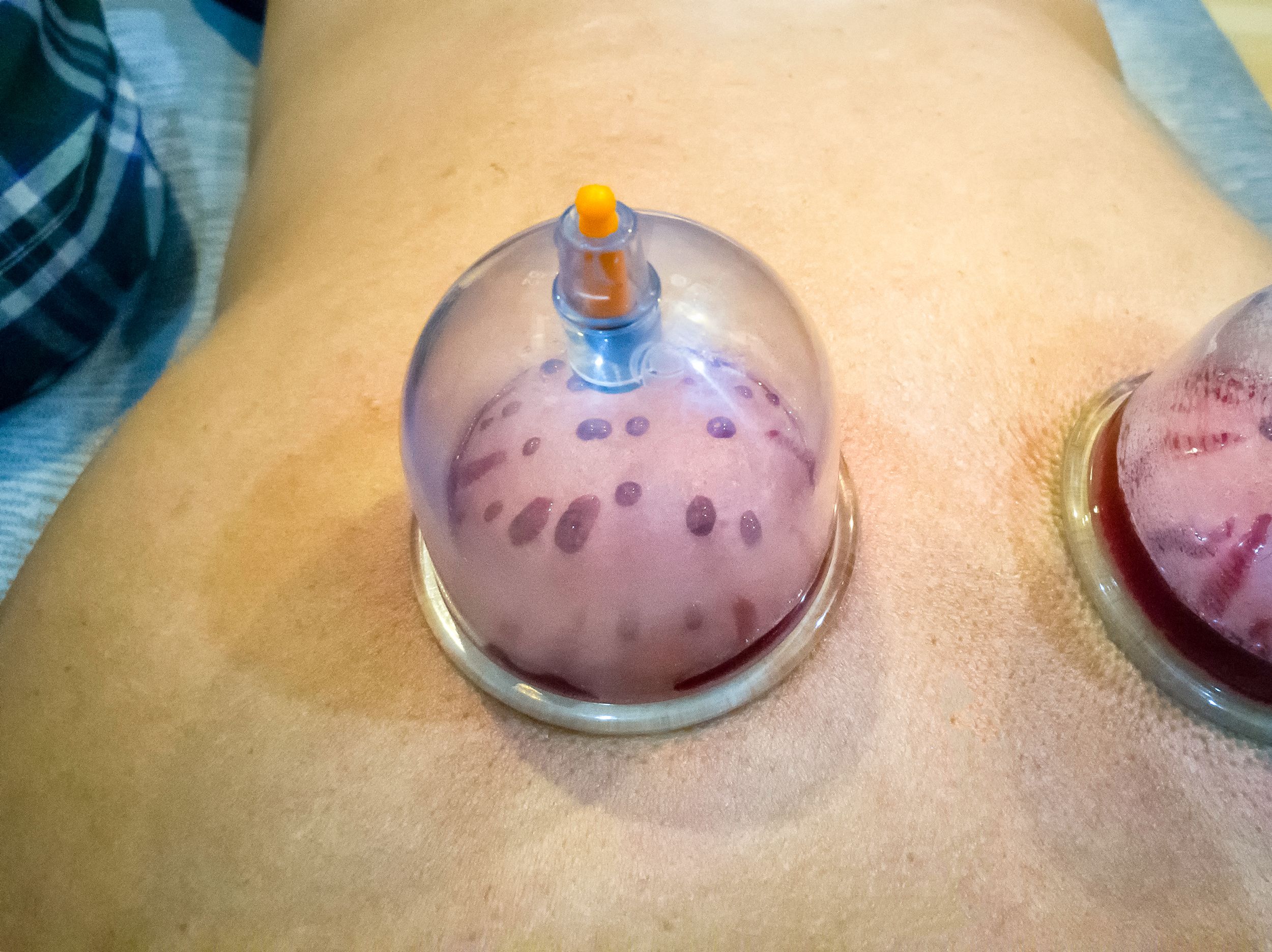Exploring Cupping Therapy: Techniques and Benefits
Understanding Cupping Therapy
Cupping therapy is an ancient healing practice that has been used for thousands of years across various cultures. It involves placing cups on the skin to create suction, which is believed to promote healing by increasing blood flow, reducing inflammation, and releasing toxins from the body. This technique has gained popularity in recent years, especially among athletes and wellness enthusiasts.
The cups used in cupping therapy can be made from glass, bamboo, or silicone, and they are applied to specific areas of the body. The suction effect is achieved either through heat or a mechanical pump. The therapy is typically performed by skilled practitioners who understand the intricacies of body physiology.

Different Techniques of Cupping
Dry Cupping
Dry cupping is one of the most common forms of cupping therapy. In this method, cups are placed on the skin without any additional interventions. The suction draws the skin and superficial muscle layer into the cup, which remains in place for 5 to 15 minutes. This technique is often used to alleviate muscle tension and promote relaxation.
Wet Cupping
Wet cupping, also known as Hijama, involves making small incisions on the skin after the initial suction. The cup is then reapplied to draw out a small amount of blood. This method is believed to remove harmful substances and toxins from the body. Although more invasive than dry cupping, it is said to offer additional detoxification benefits.

Benefits of Cupping Therapy
Cupping therapy offers a range of potential benefits, making it a popular choice among those seeking alternative treatments. Here are some of the key advantages:
- Pain Relief: Many people use cupping to relieve chronic pain, especially in the back, neck, and shoulders.
- Improved Blood Circulation: The suction created by the cups increases blood flow to the treated areas, which can aid in healing and recovery.
- Reduced Inflammation: Cupping is thought to help reduce inflammation by improving blood circulation and lymphatic flow.
Additionally, cupping therapy is often used to complement other treatments and therapies. It can be integrated into physical therapy or massage sessions to enhance overall therapeutic outcomes.

Considerations and Precautions
While cupping therapy is generally considered safe when performed by trained professionals, there are some precautions to keep in mind. Individuals with certain medical conditions or those who are pregnant should consult their healthcare provider before undergoing cupping therapy. It’s also important to ensure that all equipment used is properly sanitized to prevent infection.
The appearance of circular marks on the skin after a cupping session is normal and usually fades within a few days. These marks are not bruises but rather an indication of increased blood flow to the area.
Conclusion
Cupping therapy continues to gain recognition for its holistic approach to wellness and healing. Whether you're looking for pain relief, improved circulation, or a way to complement your existing health regimen, cupping therapy might be worth exploring. As with any treatment, understanding your body's needs and consulting with qualified practitioners is essential for achieving the best results.